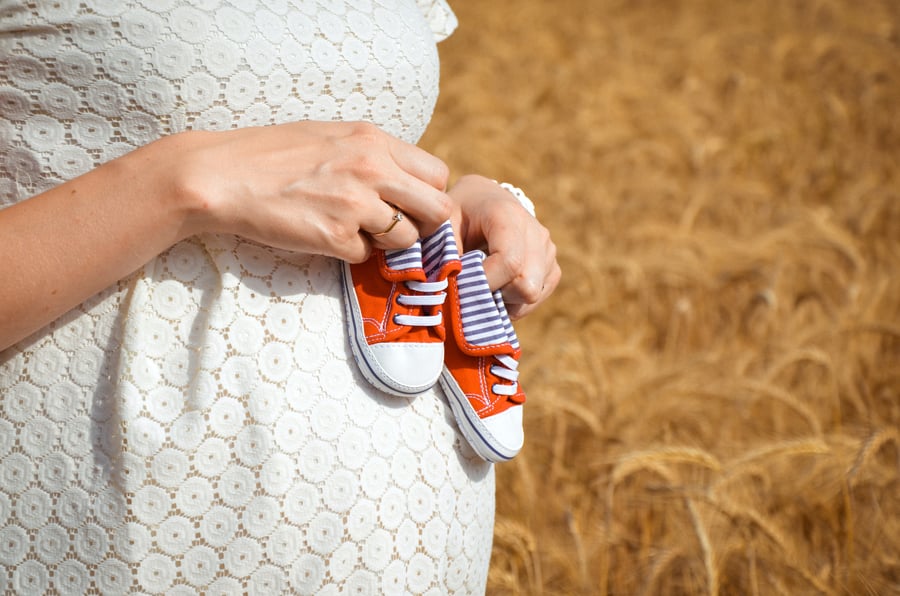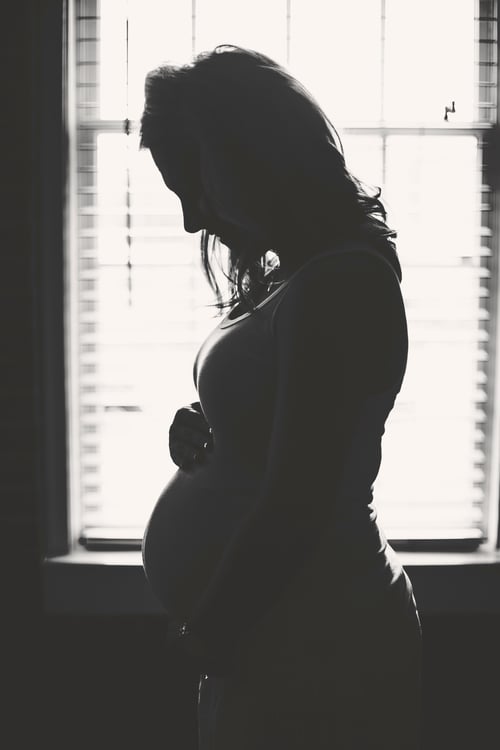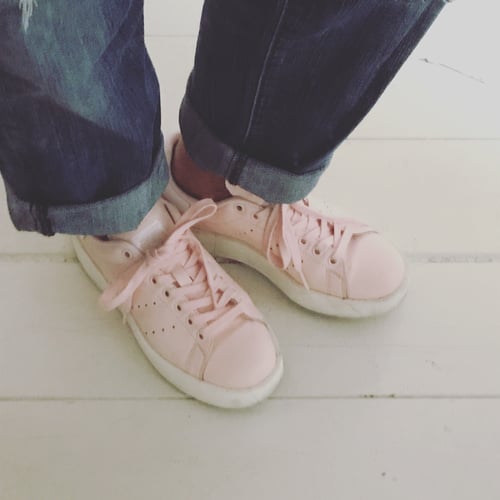
Changes to your lower extremities, such as the foot and ankle, are a common, yet often overlooked and ignored problem many women experience during pregnancy. Continue reading to learn more about common foot and ankle problems that may occur during pregnancy.
Swollen or Painful Feet
A combination of weight gain and hormonal changes that occur during pregnancy can cause swelling of the feet. Swollen feet can be painful and uncomfortable. Luckily, you can often find pain relief by simply elevating your feet.
Swollen feet can also cause changes in your shoe size. Shoes that you used to be able to comfortably wear may feel tight or as if they are too small. While it might be tempting to continue to wear shoes that no longer fit, it can not only cause you pain, but it can also cause ingrown toenails.
Wearing shoes that not only feel comfortable, but fit properly can help reduce your risk for experiencing some of these problems. Changes to your foot size and shape that happen as a result of pregnancy may be reversed once you enter the postpartum stage. However, sometimes these changes are permanent.
Ankle Instability
Ankle instability occurs when the ligaments which connect bone to bone become extremely flexible or loose. Without the support of the ligaments, the joints become unstable which can result in a number of problems.
Pregnancy increases your risk for experiencing ankle instability because of the combination of weight gain, hormonal changes, and changes to the curvature of your back.
Some common problems that result from ankle instability include:
- Flat Feet - The arches of the foot may start to flatten which causes the foot to appear flatter.
- Bunions
- Ankle Sprains - An unstable ankle may roll over which can result in the stretching or tearing of the ligaments.
- Knee Pain - Ankle instability can cause you to change the way you walk, you may take bigger or wider steps in order to maintain your balance. This change in your gait can put stress on other parts of the body, such as your knees and hips, which can cause you to experience pain and discomfort.
Foot and ankle problems that happen as a result of ankle instability often do not go away after your pregnancy. In fact, these problems often progress. Our doctors at Sweeney Foot & Ankle can help you explore possible treatment options that will help relieve any symptoms or problems you experience as a result of ankle instability.
Find Relief from Foot and Ankle Pain by Scheduling an Appointment with Our Doctors
Sweeney Foot & Ankle is experienced in evaluating and treating foot and ankle problems that are caused by pregnancy. Some of the most common foot and ankle problems caused by pregnancy that we treat include bunions, ingrown toenails, ankle instability and swelling of the feet.
Many foot and ankle problems caused by pregnancy can be treated non-surgically and by making simple lifestyle changes, such as exercising more, massaging painful areas and elevating or icing your feet. Our doctors will evaluate your situation and provide you with recommendations for things you can do to relieve your pain. If your ankle and foot problems continue after pregnancy, our doctors can help you determine what treatment is best for you.
Contact us today to schedule an appointment to speak with our experienced doctors about how to relieve pain caused by foot and ankle problems that happened as a result of pregnancy.






